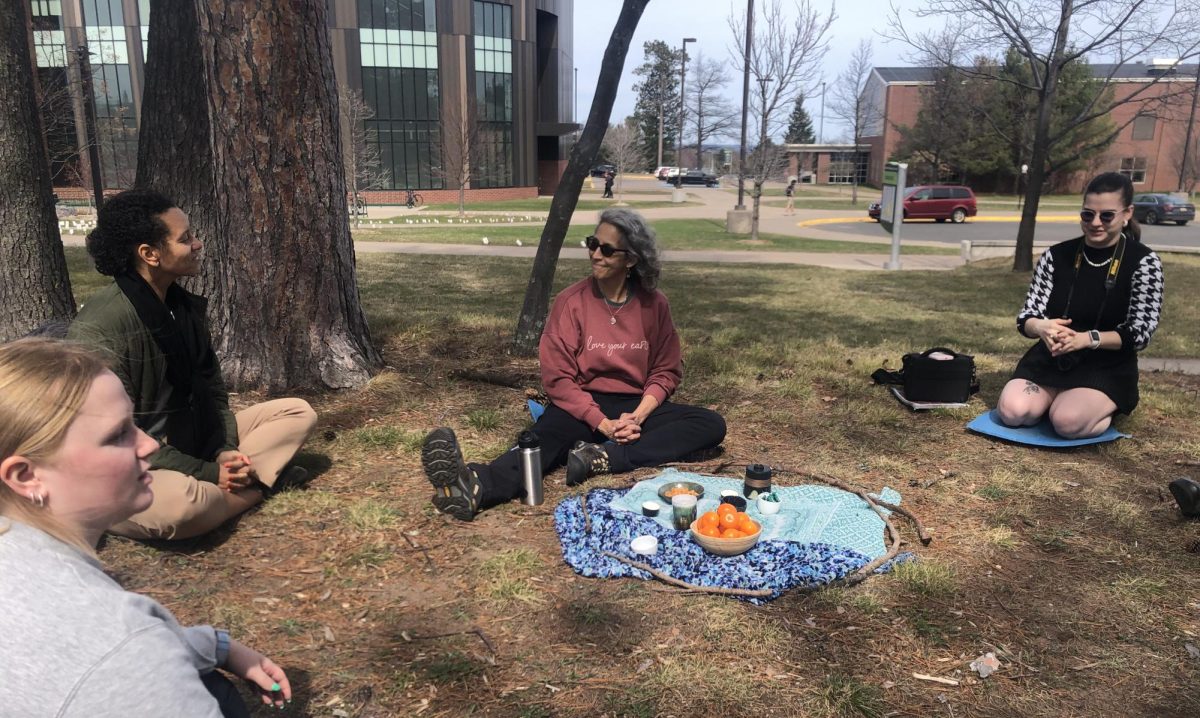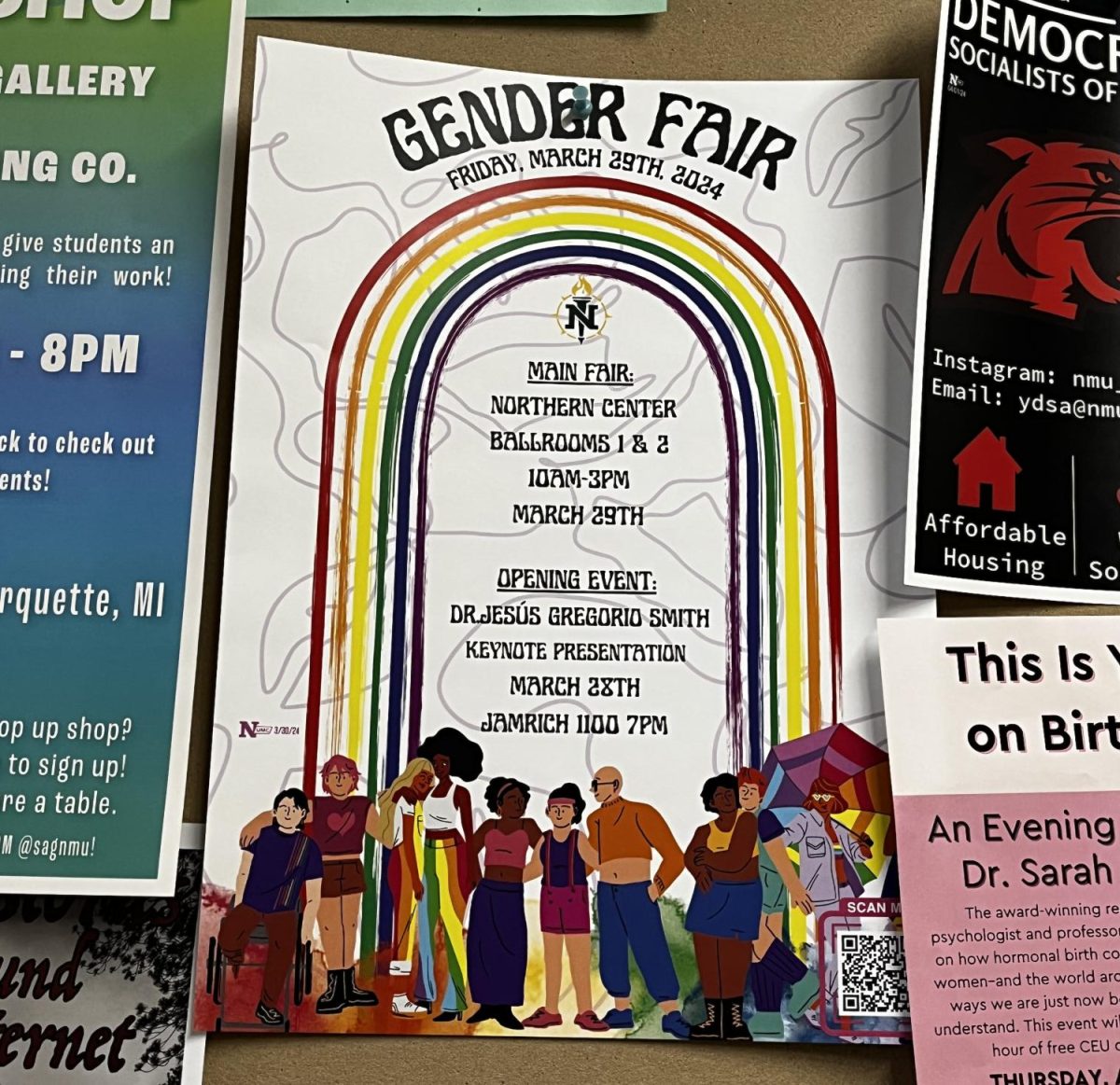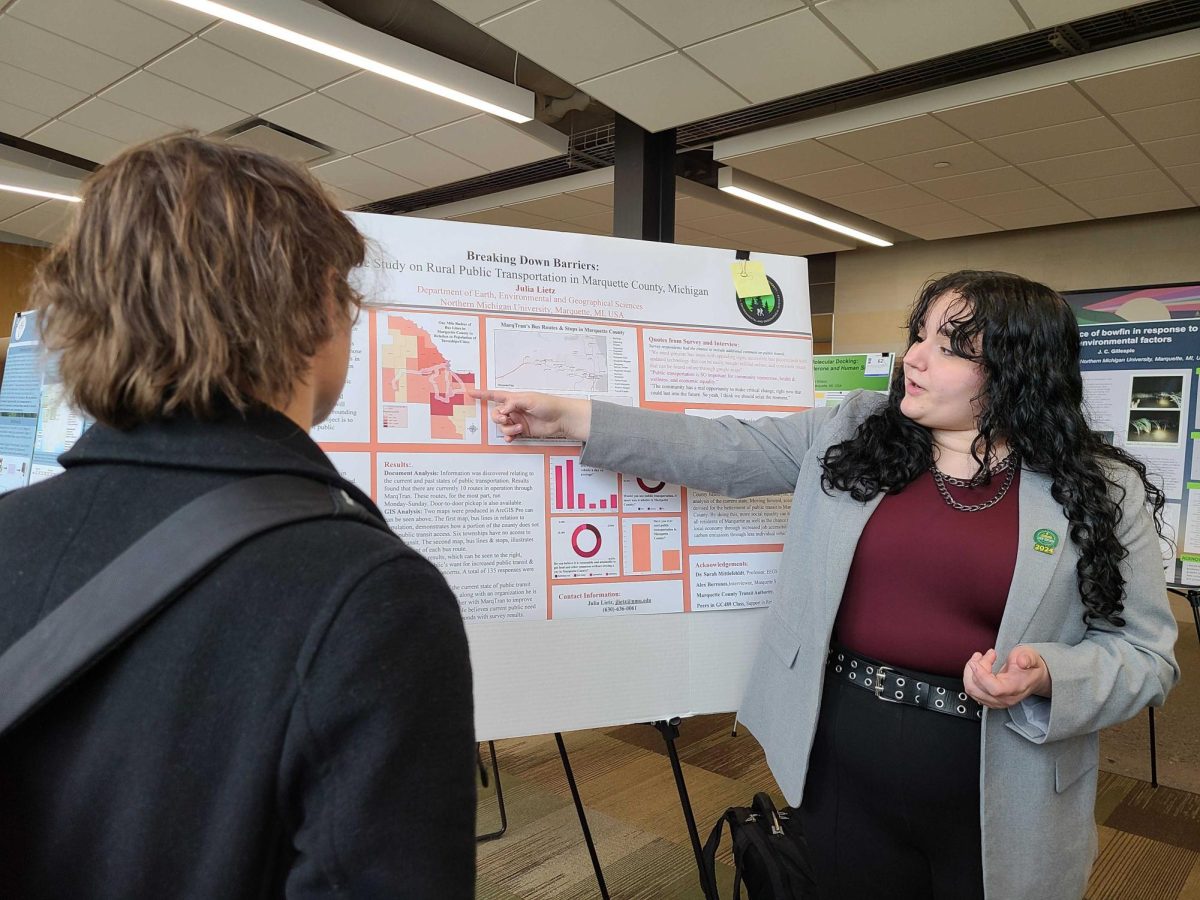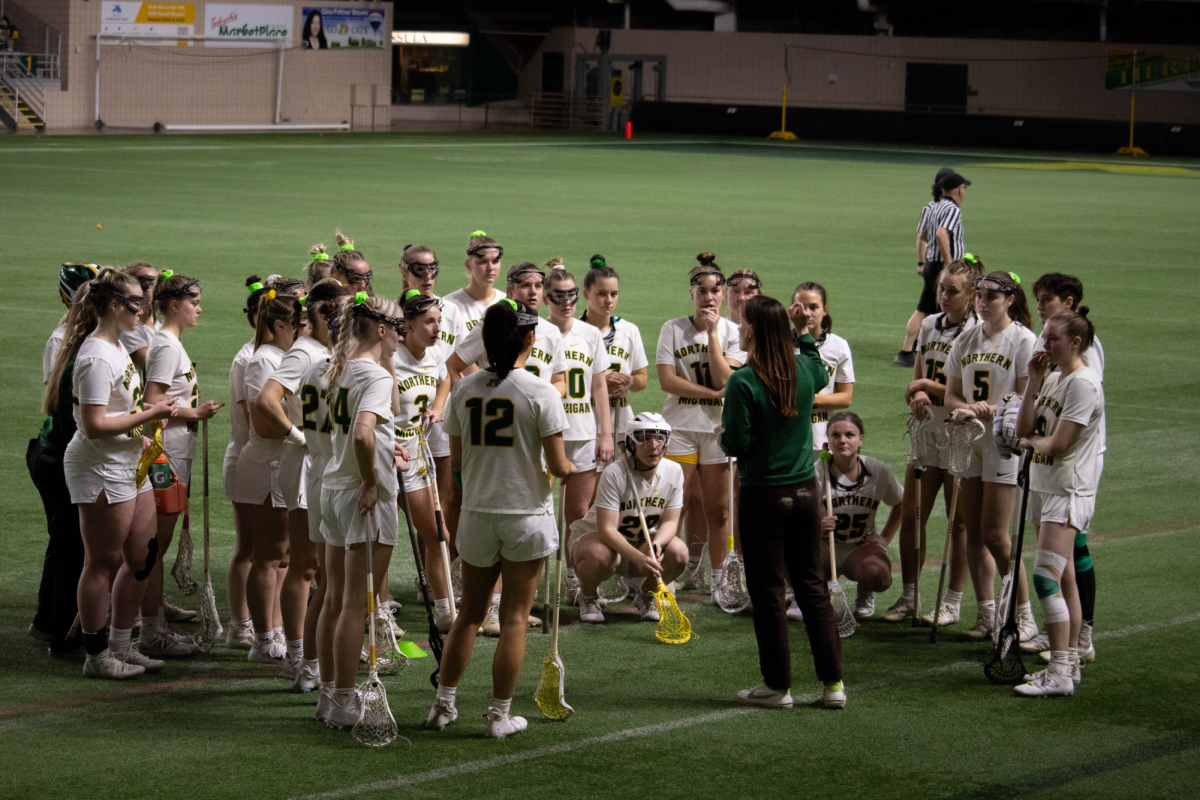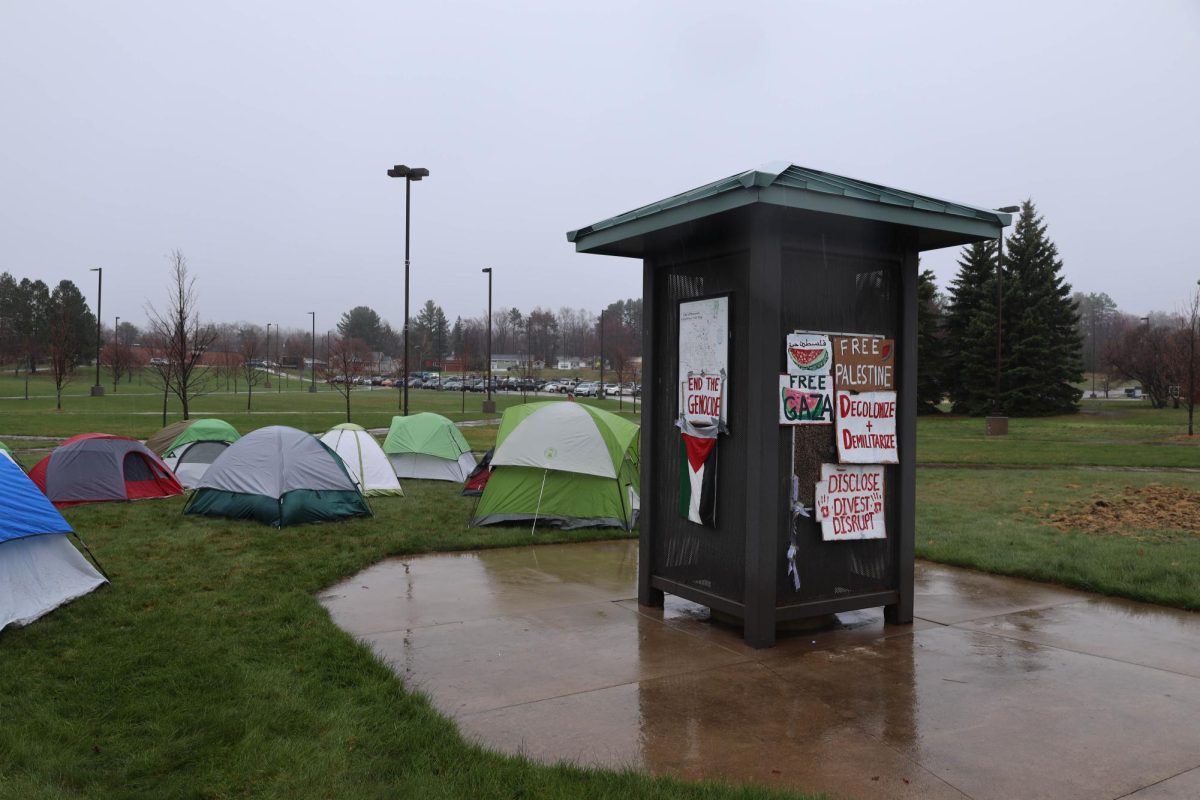Females are a dominating force in campus leadership nation-wide, NMU’s campus included, but this means males are practically absent from these roles.
In the winter semester of 2014, females outnumbered males by only about 600 students, with women contributing to just under 54 percent of the student population. Alpha Sigma Phi President Ben Drymon attributes this, in part, to the lack of males looking at the big picture and long term benefits.
“With guys, there has to be some enticing factor, they have to see what’s in it for them, and they’re not going to see that when females are stepping into roles because they want to,” Drymon said. “We need to find people who want to do the job, not people who are willing to do it if something is done for them.”
Jon Barch is the associate director for the Center for Student Enrichment (CSE). The CSE coordinates with the Student Leader Fellowship Program (SLFP), a nationally recognized program that provides a series of experiences that develop competent, ethical and community-centered leaders.
Since he was a student at NMU in the mid-’90s, Barch said participation has always been 80-20 in favor of females in student leadership organizations, like SLFP. This is a large contrast to the direct resume-enhancing academic organizations that normally see a 50-50 ratio, according to Barch. He said it’s important for students to be involved with both types of organizations.
“It’s important for men to expand their interpersonal skills and to incorporate some of the empathy, considerateness and relationship skills of the women. It’s equally important that the women learn masculine assertiveness,” Barch said. “Genders can learn from each other. I’m not condoning gender differences, just recognizing they exist. Diversity is positive for people to experience.”
Barch, along with others in the university, attend various conferences that feature discussions about getting more males involved in programs that focus on community building, social responsibility and servant leadership in addition to their high involvement in organizations that are directly associated with resume building, Barch said.
These conferences inspired the staff to change marketing tactics and remove “touchy feely” pictures out of the brochures. Ideas to improve male participation are scarce in the department, short of calling SLFP a career leadership program, but that’s not what it’s about, Barch said.
Senior marketing major Andre Stringer is one of 12 males in the SLFP Ice Block, a group of students inducted into SLFP in the spring of 2013. Currently, there are 58 students in that group. Stringer said one thing they could change is less marketing on the retreat and more focus on the long term side of things. The fall retreat is the annual get-together hosted at Bay Cliff Health Camp in which the members that are still in the program meet and work on team building exercises and receive information about the year ahead.
“I wanted to know what this program could do for me. Save the retreat and ‘you’ll meet so many friends’ stuff and highlight things like getting a mentor and other long term benefits this program helps with,” Stringer said. “When I present it, I talk about it like a resume builder. You get so much more than that from the program, but at the end of the day, the retreat and stuff doesn’t really matter.”
In addition to being a member of SLFP, Stringer is also co-president of the Black Student Union alongside Jeulani Gahiji. Stringer said he likes working alongside Gahiji and feels they compliment each other well.
“She’s like the person who is more social and works with agendas and presentations and I’m more administrative and behind-the-scenes. It’s a great balance.”
While men are knowingly passive participants on campus, women were still paid 21 percent less than men in the workforce in 2014, according to a study done by the American Association of University Women (AAUW). The same study showed that though more education is a great tool, others show that the more education a woman receives, the larger the pay gap is.
Drymon said he thinks campus leadership roles are the gateway for women to break into the workforce with a stronger presence than before.
“We’re starting to see females get higher ranks in the military, earn CEO positions in the Fortune 500 companies and even female candidates for presidency,” Drymon said. “I think the positions they’re holding in the secondary education level are preparing them to do better in the real world so we’re gonna start seeing that gap close.”
According to US News today, Drymon’s words hold some truth as reports are now showing that the current wage gap is due to past gaps in education and experience from before the mid-’90s. Drymon said he thinks the female competition makes males lazy.
“A lot of [it] has to do with, ‘If I don’t have to do it, I’ll have someone else do it’ mentality. This is a norm that is starting to form,” Drymon said. “It’s good for females because it allows them to take on roles they haven’t been able to do, but also it’s bad for males because everyone needs leadership to be a well-rounded individual.”
Stringer said he also believes that leadership is essential because it builds a resume in ways employers look for but aren’t really known until it’s too late.
“Spend more time with where you want to go and less time with what’s fun now. I say all the time, I’d rather have fun when I’m older after I’ve worked my whole life. What’s a degree without anything to back it up?”
Barch said he encourages all gender participation and that now is the time for males to act and get involved.
“I’d like to challenge the young men who are reading this article to put themselves out there in programs and experiences that they and their peers might consider to be ‘girly’,” Barch said. “SLFP is about service to the community and compassion for others. There’s so much for a young man to grow from. Take a risk and join a program like that.”
Editor’s note: This story is a continuation of the article from last week’s issue titled “NMU soars in female leadership.”


